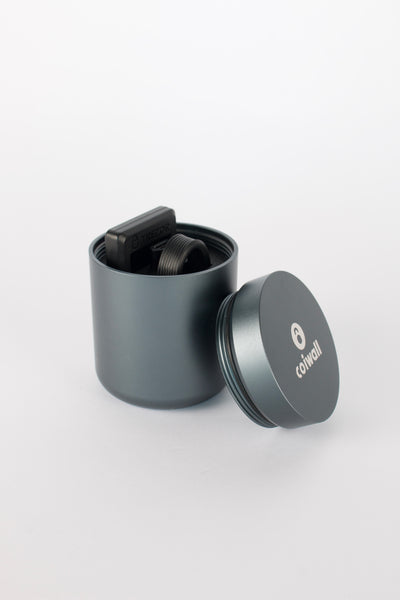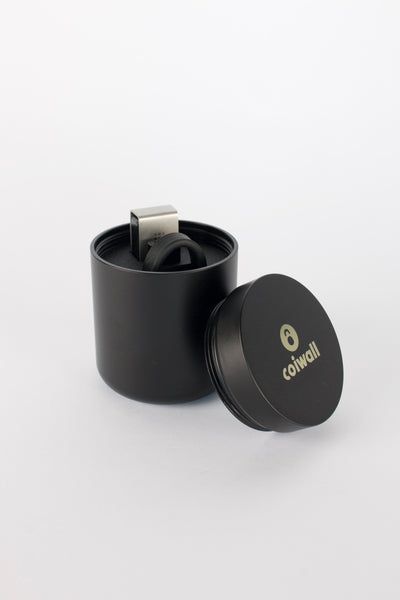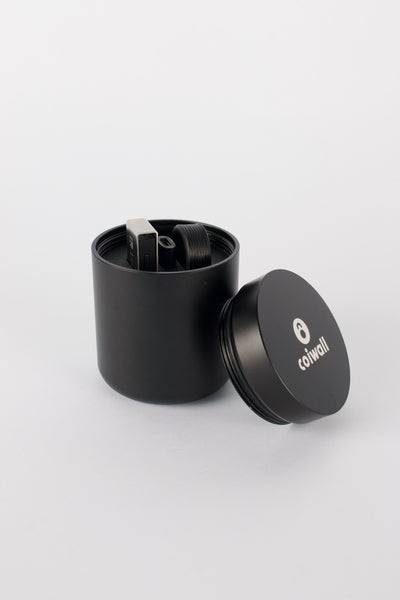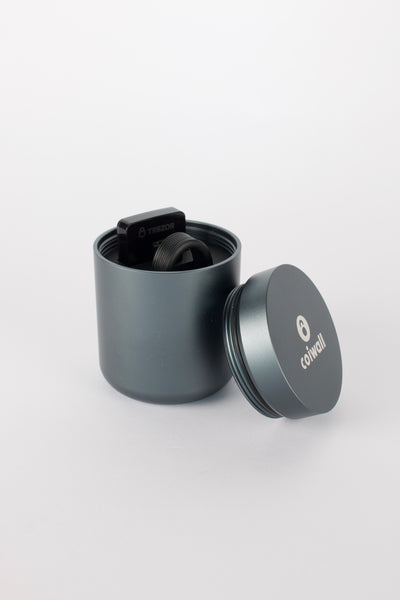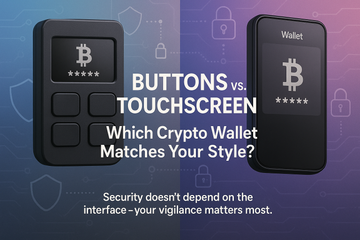If you’re dipping your toes into the world of crypto—maybe you’re a veteran or you just bought your first Satoshis—one universal truth floats to the top: protecting your digital coins is paramount. Forget leaving your precious Bitcoin on some exchange; it’s like storing gold under your neighbor’s doormat and hoping for the best. Enter hardware wallets: pocket-sized vaults, armed to the teeth, and ready to guard your fortunes. But then, just as you thought you’d made your choice, the real question jumps out—do you want a shiny touchscreen gadget or the classic confidence of tactile buttons? Let’s talk about it.
First Things First: What Are Hardware Wallets, Anyway?
Alright, quick detour—because not everyone dreams about blockchains and seed phrases around the dinner table. A hardware wallet is a physical device (think Ledger or Trezor) designed solely to store your private keys offline. Breathe easy: this means hackers and sketchy malware can’t quietly stroll off with your holdings—unless you hand over your device (and PIN) on a silver platter.
And now, as crypto makes the slow crawl into mainstream conversations, these little vaults have evolved. Some folks swear by touchscreens, while others still clutch button-based models like a favorite old baseball glove. Is newer always better? Or is tradition hiding secret strength? Let’s scratch beneath the surface.
The Button Club: Old School, Not Outdated
Let’s start with buttons—the old guard of hardware wallets. They’re almost stubbornly simple. Devices like the original Ledger Nano S or Trezor One come equipped with usually two to four physical buttons sitting neatly on the device. No flashy screens, no confusing swipes. Just crisp, clicky feedback every time you authenticate a transaction. It’s tactile. There’s a certain reassurance in pressing real buttons—reminds me of dial-up internet and rotary phones. The interaction is slow but deliberate. You’re forced to pay attention—a handy feature when approving a transfer worth more than your college tuition.
Why Button-Based Wallets Still Matter
- Less room for error: You can’t accidentally brush a button the way you’d streak your thumb across a touchscreen while rooting for your cat to jump off the counter.
- Simple interface: No distractions. No pop-ups. Just clear, step-by-step prompts.
- Glove-friendly: Ever try using your phone with mittens in a Toronto winter?
- Lesser attack surface: Without a large screen or extra input methods, there’s often less code and fewer avenues for software shenanigans.
That being said, buttons can sometimes feel like navigating a TV menu with just the channel-up button. Want to input a 16-character passphrase? Hope you’ve got time and patience to spare.
The Touchscreen Revolution: Swipe, Tap, Secure
Then came touchscreens—sleek, modern, and a bit flashy. Take the Trezor Model T or Ledger Stax: they’re smooth as butter and do away with button mashing. Touch interaction allows for PIN entry, quick swipes, and even, in some models, visualizations of your transactions. Let’s be real, inputting data on a tiny touchscreen is more like using your phone (which you probably do hundreds of times a day). It feels natural, especially to anyone born after MySpace fell off the map.
Touchscreens: Smooth Moves or Trouble Ahead?
- User-friendly: Tapping through menus and typing on virtual keyboards just feels right for many people. You don’t need to fuss with awkward, slow button presses.
- Clearer display: More room for information—view addresses, double-check amounts, and confirm details with confidence.
- Intuitive input: Need to shuffle wallet settings? Set up multi-sig? A touchscreen takes the pain out of the process.
- Future-proof feel: Let’s face it, showing your friends a touchscreen hardware wallet just looks cool.
But touchscreens aren’t perfect. Ever tried managing funds with greasy hands after a burger? Not ideal. And, with larger screens and more complex software comes a (slightly) higher risk—more places for bugs to hide, more chances for something to glitch out. Touchscreens break, too. Drop a Trezor Model T the wrong way and—well, you might be shopping for a replacement.
Security—Where Touch Meets Tactile
Alright, down to brass tacks. Which is safer: touchscreens or button-based wallets? Honestly? Both are engineered with sky-high security standards. Whether you’re poking at a colored screen or clicking a button with the grace of a concert pianist, the real threat to your wallet is rarely the interface itself. It’s the human using it.
Yeah, touchscreens might have a bigger codebase; buttons might be less ‘hackable’. The difference is often academic—unless you’re a programmer with a white hat and something to prove. Password input, recoveries, and PIN entries are handled offline, out of reach of computer viruses. Both styles rely heavily on the same principles: keep keys offline, confirm transactions on-device, and require physical approval for anything serious. Your diligence matters more than whether you swipe or click.
Day-to-Day Use: Which Works For You?
Let me tell you, there’s a bit of personal flavor here. If you’re all thumbs when it comes to tech, those reassuringly simple buttons are your best pal. They can feel painstakingly slow, but there's no way you'll accidentally send all your Ether to some strange address with a single fat-fingered tap.
But if you want to breeze through device setup, create new accounts, or manage more complex transactions, touchscreens might make you smile. Typing passphrases, shuffling settings—touch just feels easier, even fun. Touchscreens appeal to those who want a ‘modern’ gadget vibe with their security.
It’s a toss-up: patience vs. convenience; tradition vs. tomorrow. There’s no right or wrong—just what clicks (or taps) with you.
A Word on Trezor and Ledger: The Heavyweights
You can’t talk hardware wallets without name-dropping Trezor and Ledger, right? If you want a button-based stalwart, you can’t go wrong with the Ledger Nano S—compact, sturdy, and time-tested. Prefer touchscreen flair? Trezor Model T’s got your back (and your crypto). Both brands are legends, both invest heaps in security research, and, honestly, either camp offers a safe haven for your digital loot.
Heard the buzz about the new Ledger Stax? That e-ink touchscreen, designed by one of the first iPod creators, straddles the line with minimalist chic—while still keeping the essence of cold storage. So, you’ve got options, and then some.
What Really Matters? It’s Your Use, Not Just the Tech
If you’ve skimmed all the way here, here’s the heart of it: Button-based wallets excel at ‘slow, steady wins the race’, while touchscreens offer ‘fast, friendly, and feature-rich’ access. Both swear on the same security Bible; both have passionate fan clubs. Your comfort, patience, and preference for simple tech or modern interfaces will be the deciding factors. No need to sweat picking “the best”—pick what feels right, and you’re halfway to peace of mind.
So, are you Team Tap or Team Click? Honestly, as long as you’re not leaving your crypto out in the digital rain, you’re already ahead of the curve. Stay safe, stay curious, and, hey—double-check those addresses no matter which camp you call home.

